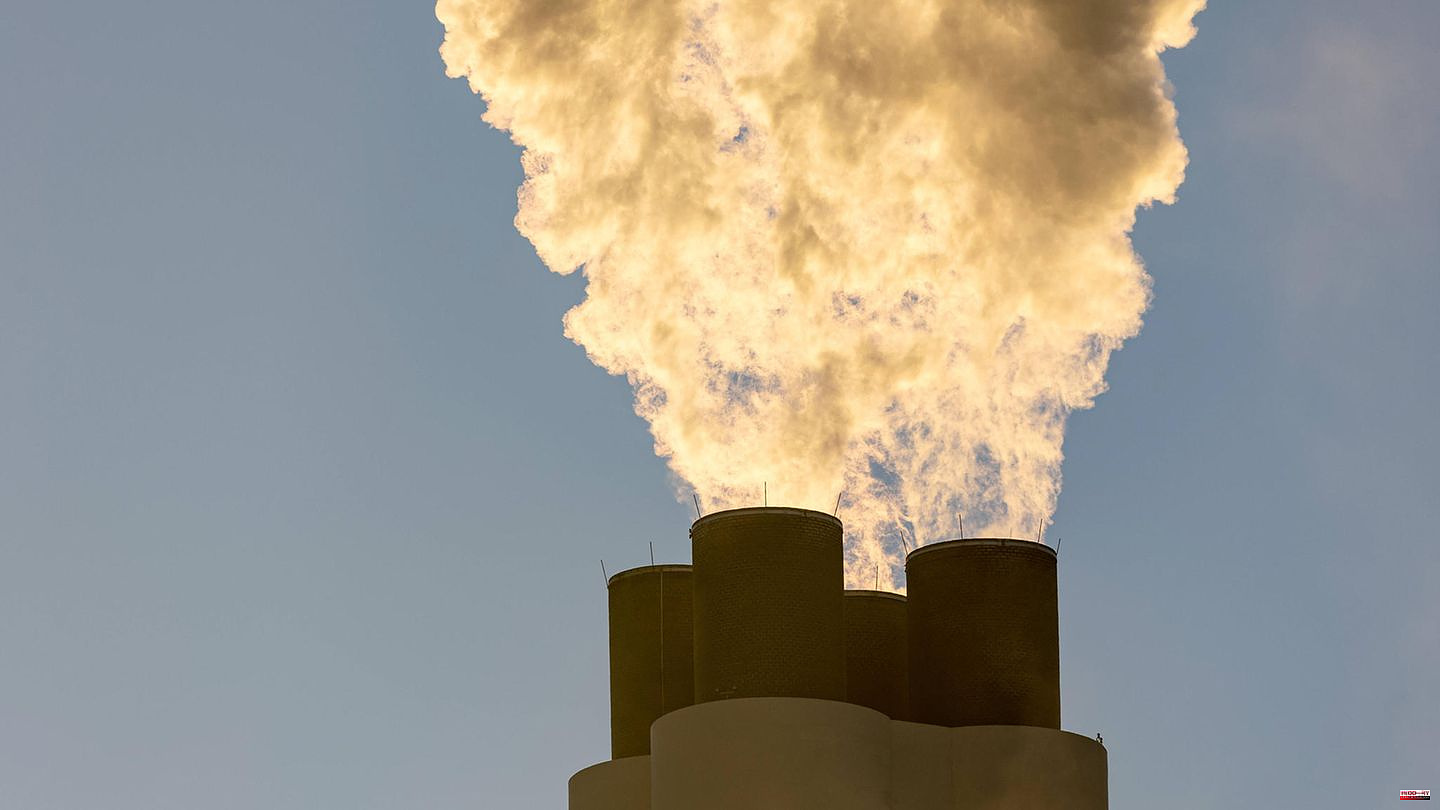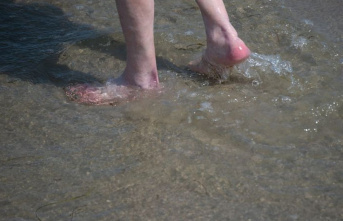"What we see clearly is that almost everyone in Europe is breathing unhealthy air." This is how research director Roel Vermeulen summarizes the results of a new study on air quality in the British “Guardian”. “This is a serious public health crisis.” Vermeulen is a professor of environmental epidemiology at Utrecht University. He leads the Europe-wide research team that is investigating air quality in Europe and its health consequences in the EU-funded Expanse project.
Up to 400,000 people die in Europe every year as a result of bad air, experts say. Poor air quality and particulate matter in particular increases the likelihood of cardiovascular disease and cancer, affects brain function and can even lead to stillbirths, according to a study published in the journal Nature. The WHO called air pollution the “major environmental threat to human health.”
The results are devastatingly clear. 98 percent of people in Europe live in areas where the World Health Organization's guidelines are sometimes clearly violated. Eastern countries such as Romania, Albania and Poland perform worst. In Serbia and North Macedonia, air pollution exceeds the standard value four times. The “Guardian” presents the values on a map in collaboration with the researchers.
But in Germany, too, three quarters of the population live in areas where the fine dust level is at least twice as high as the WHO recommendation. In their survey, the researchers refer to the fine dust level PM 2.5. These are the smallest particles with a diameter of less than 2.5 micrometers. This particulate matter is so small that it can penetrate the respiratory tract and cause lasting damage to the lungs. The WHO has recommended no more than 5 micrograms per cubic meter (µg/m3) of air since a revised guideline from 2021.
In Germany, cities like Stuttgart, Munich, Frankfurt or Cologne have an average of 10-12 µg/m3. In Berlin or the Ruhr area the air is even worse at 12-14 µg/m3, only exceeded by Dresden with 14-16 µg/m3 - three times the WHO recommendation. Things look much better around the Black Forest or in the Allgäu, for example, with fine dust levels of 5-7.5 µg/m3.
In Europe, heating buildings is responsible for almost half of particulate matter pollution. Industry also pollutes air quality, as does agriculture and road traffic.
The research group's data comes from a variety of sources such as satellites, measuring stations and authorities. They were collected in 2019, but according to the research group, the air quality has only changed insignificantly. Research director and environmental epidemiologist Roel Vermeulen therefore appeals to EU decision-makers: "This is the best data currently available. [...] Now politicians must be courageous and ambitious and take the urgently necessary steps to to overcome this crisis."
Sources: National Library of Medicine, Nature, "Guardian", European Environment Agency, WHO












